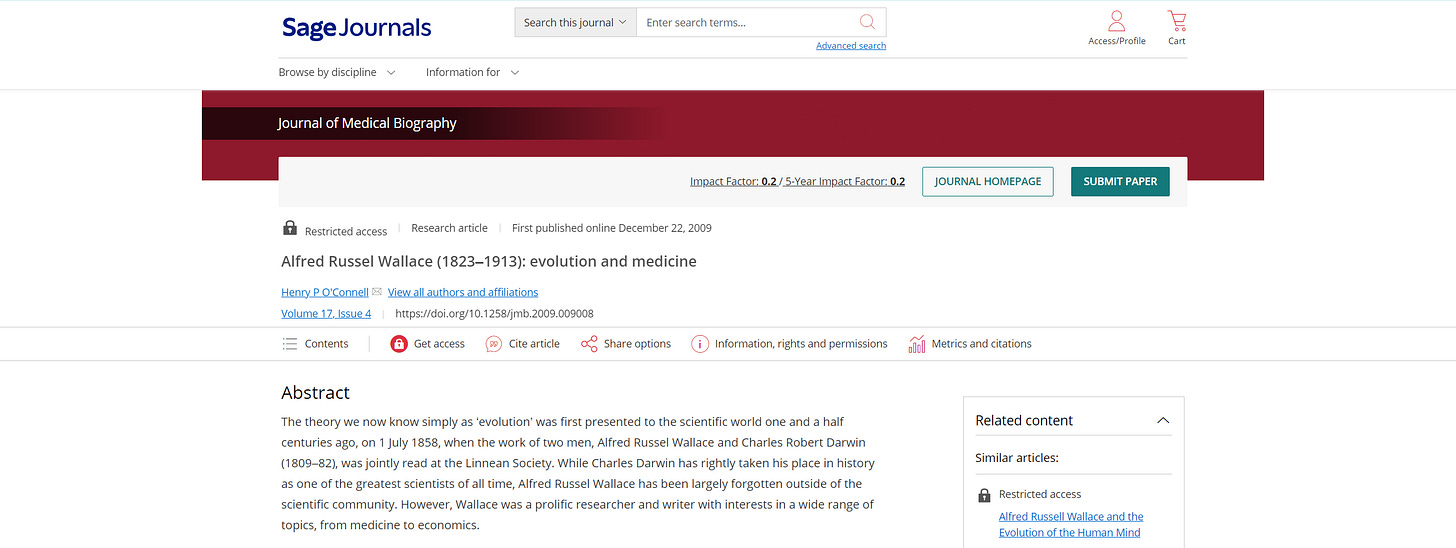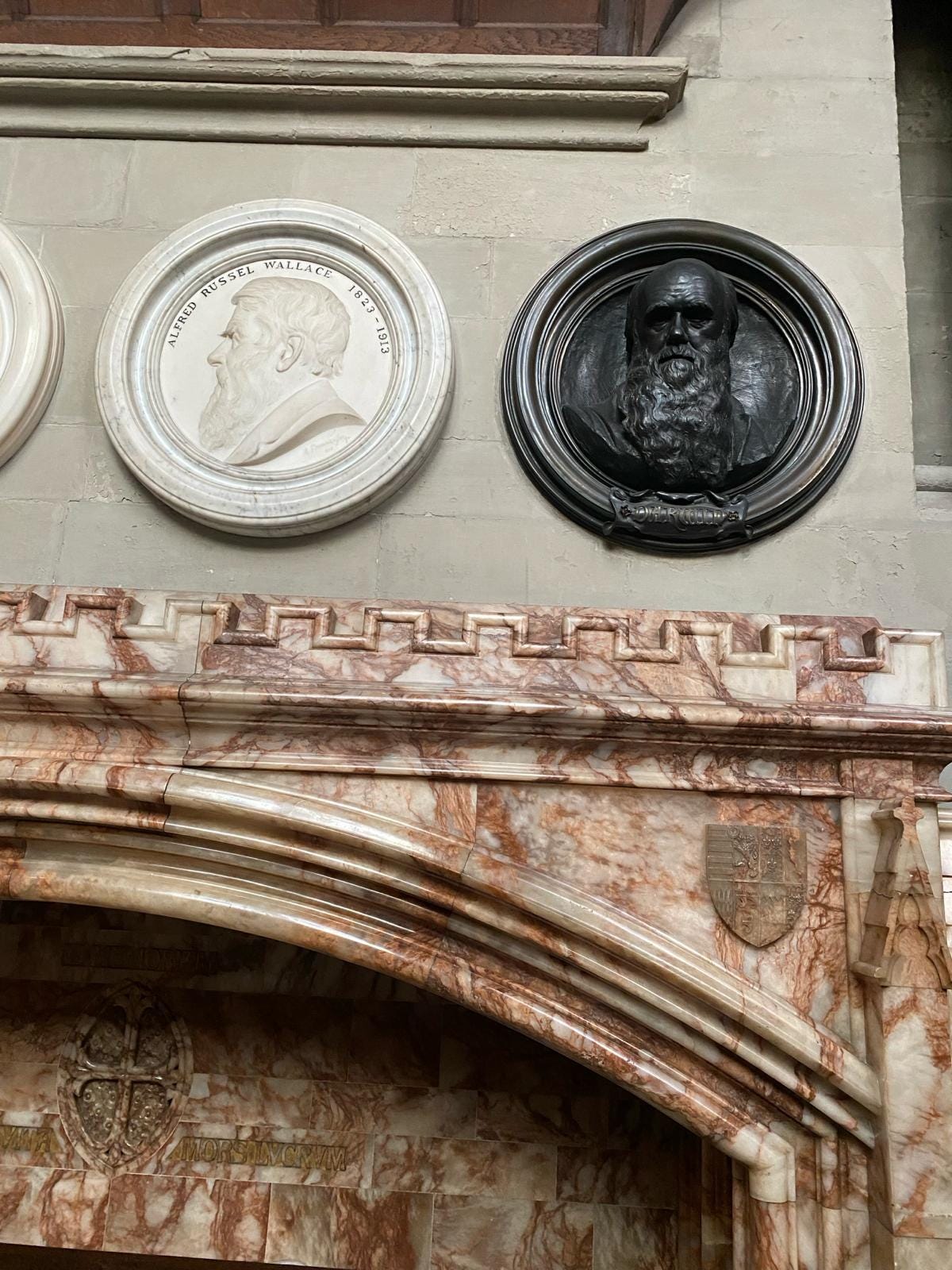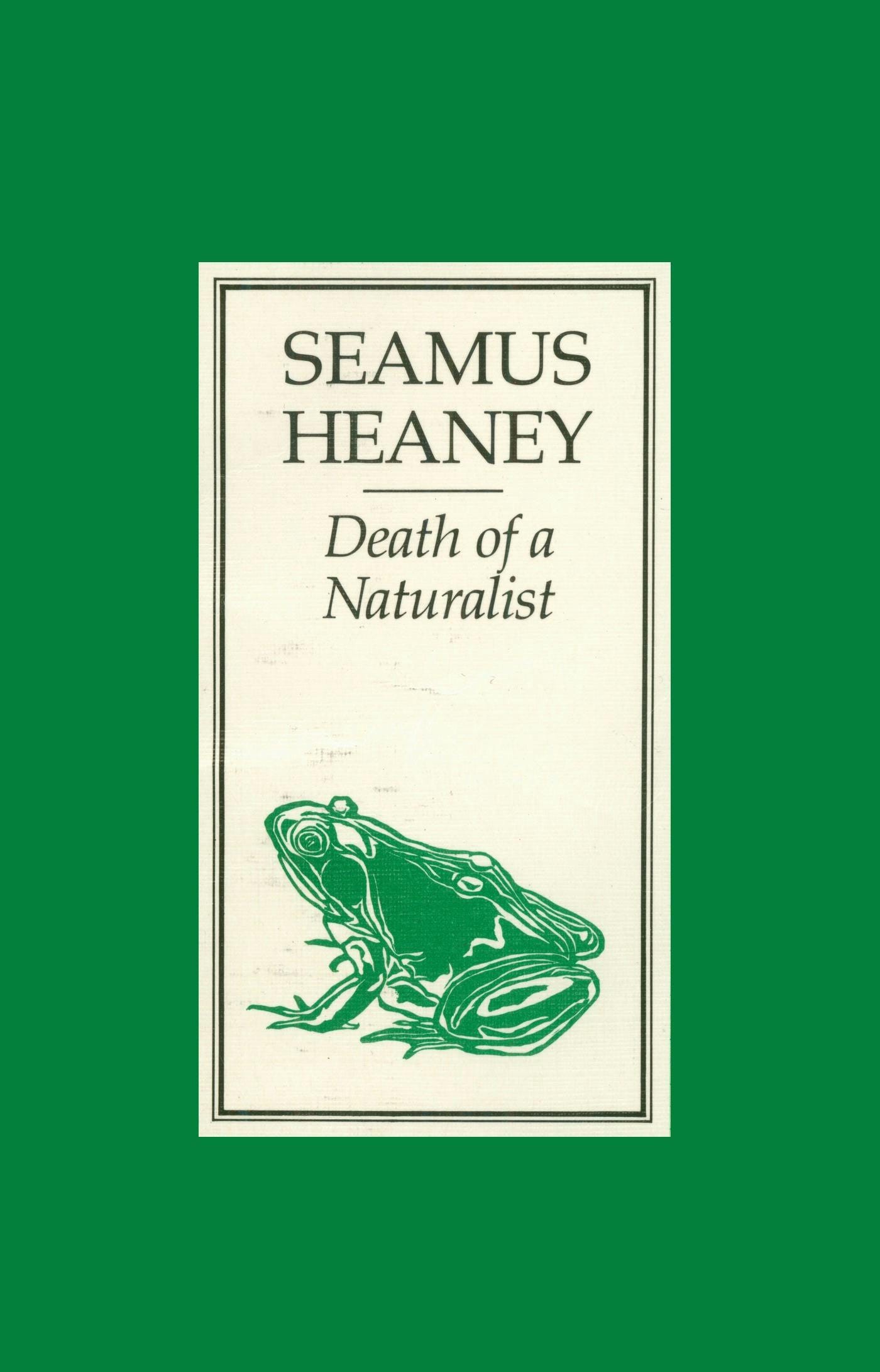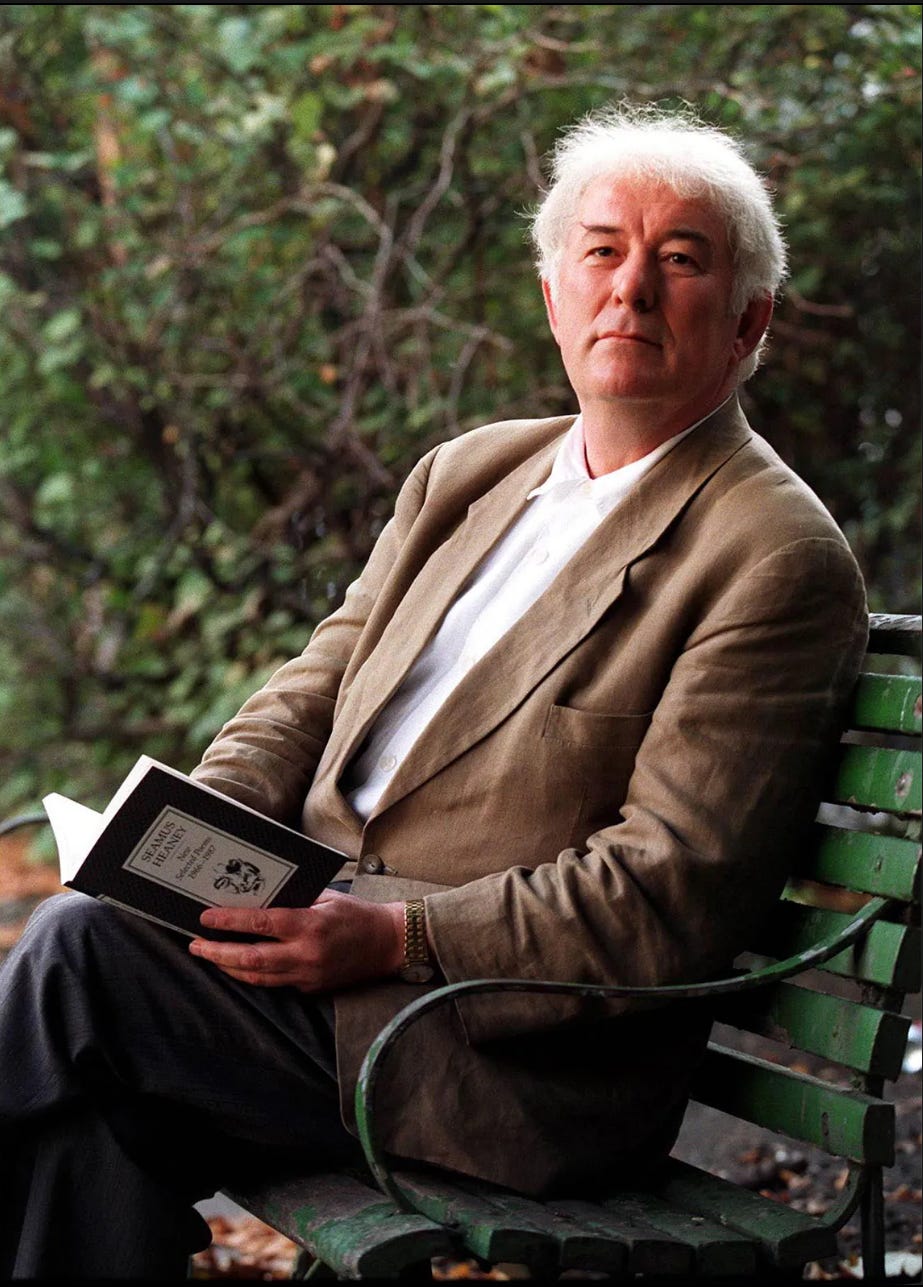Evolution at Westminster Abbey & A Recent Evolutionary Psychiatry Meeting in London
Written by Dr Robert Hafes & Prof. Henry O'Connell - Edited by Dr Gurjot Brar
Dear Readers, we have a special article today following a recent meeting on Friday March 1st where we had the second annual Trainee meeting arranged by the Trainee Committee and Riadh Abed in the Evolutionary Psychiatry Special Interest Group of the Royal College of Psychiatrists.
This article also features original artwork (above) and inspirational words by Dr Robert (Bobby) Hafes:
“When concepting a new piece of work – some will arrive from the ether as a complete image in my mind and I just have to spend time scratching them into existence. Others, most often, are completely unknown to me and only present themselves once the process begins, by reacting to each mark and seeing it where it leads. I believe making compelling work demands drawing from personal depths as much as it does from an extensive visual library.”
“This practice serves as a fertile ground for delving into ideas and experiences spanning both my professional and personal life. In the creation of this piece, my reflections on the cyclical patterns of behaviour—initially perceived as distinct yet revealing a fractal essence upon closer scrutiny—merged seamlessly with my observations of the solitary struggles faced by my patients, snagged within the web of their intractable social environments. These inspirations, intertwined with the vibrant discourse surrounding human evolution, especially through the lens of AI and bioengineering advancements, shaped the depiction of the figures and the overall trajectory of the work.”
"I think this conference and overall the field of Evolutionary Psychiatry have really captivated me as a trainee. It adeptly tries to blend the hard sciences objectivity with the rich depth of understanding we have from social sciences, and does so within the great landscape of our shared past. It stands as a dynamic and compelling field, ripe with potential for expanding its influence and hopefully can tackle old problems in fresh ways.”
Here we have Henry’s summary of the conference:
It is always a treat to visit The Royal college of Psychiatrists headquarters in Prescot Street, in such close proximity to historic landmarks like the Tower of London, Tower Bridge and the actual Roman walls of Londinium itself. From an academic and educational perspective (not to mention our growing professional friendships), this year's meeting was even more of a success than our inaugural meeting last year.

We had excellent presentations from Drs Paul St-John Smith, Nikhil Chaudhary, Annie Swanepoel, Costa Savva and Benjamin Griffin.
Dr Riadh Abed (Founding Chair of EPSIG) opened proceedings and he was followed by Paul St John-Smith Smith, who gave an overview on evolutionary psychiatry principles.
Nikhil Chaudhary and Annie Swanepoel then presented findings on anthropological research in modern hunter-gatherer societies and on evolutionary perspectives relating to ADHD.
I gave a brief overview on opportunities for research and writing in evolutionary psychiatry and made a call for more collaboration between colleagues throughout Ireland and the United Kingdom.
In the afternoon Drs Costa Savva and Benjamin Griffin presented their recently published paper, co-authored with Riadh Abed, which explores a unified account of aberrant salience in psychosis, from both proximate and evolutionary perspectives. Please take a look at this fascinating paper here:
Later in the afternoon we had workshops and break-out groups exploring evolutionary perspectives organised by the EPSIG RCPsych Trainee Committee (Drs Tom Carpenter, Vaishnavi Sornarajah, Anna Rae Eaton & Gurjot Brar). These included some fascinating CASC-style scenarios whereby everyday clinical encounters with patients were acted out and evolutionary perspectives were proposed in terms of treatment strategies.
"I think this conference and overall the field of Evolutionary Psychiatry have really captivated me as a trainee. It adeptly tries to blend the hard sciences objectivity with the rich depth of understanding we have from social sciences, and does so within the great landscape of our shared past. It stands as a dynamic and compelling field, ripe with potential for expanding its influence and hopefully can tackle old problems in fresh ways.” Dr R. Hafes

Dr Gurjot Brar also collected feedback from the attendees:
Additionally the following questions provided qualitative data:
(Apologies, unfortunately due to space we can only feature a few comments below)
1. Where do you see the place of evolutionary theory in terms of a psychiatrist's day to day work?
“Significant role in helping clinicians/patients/public understand illness and to help inform governments on policy making to reduce incidence of certain illness” Trainee X
“Helpful to connect with patients in terms of psychoed/psychosocial intervention. Helps me understand patient's experience making conditions like psychosis more relatable (dysregulated normal system). Avoiding pathologising normal human experience” Trainee Y
2. How do you see evolutionary thinking being incorporated into psychiatric training?
“OSCE, essay question, hot topic session, book club” Trainee Z
“Addition as an essential basic science in undergraduate and postgraduate curricula like e.g. epidemiology, physiology etc” Trainee A
3. What topics/concepts from training in evolutionary approaches has so far been most impactful for you?
“It was really interesting to learn about the comparisons between our WEIRD society and HG societies” Trainee B
“Practical applications for psychosis, CAMHS, ADHD, addictions” Trainee C
Next we have Henry discussing his tour of Westminster Abbey with his wife Kathy the day after:
A free Saturday allowed for my wife Kathy and I to do some sightseeing in London. One of the top priorities in our list was a long overdue visit to Westminster Abbey, where I was pleasantly surprised by the number of evolution related points of interest.
In fact, on our stroll around the Abbey it almost felt like we were going on a chronological journey on the development of evolutionary thinking over a few centuries.
Firstly, we discovered the memorial to Archbishop James Ussher (1581-1656). Ussher was famous for making a ‘scientific’ estimate of the age of the earth in which he is he stated that the earth was created on 23rd of October, 4004 BC. This estimate was based on detailed biblical research and held sway for decades. See article in the Irish Times:
Of course, those mere 6000 years (around one millionth of the actual age of the earth, as we now know) would not have provided any time in which geological and evolutionary changes can take place. For many years any thinking to the contrary of Ussher’s creation mythology-based chronology was a kind of blasphemy.
The next memorial we discovered was that of Scottish geologist Charles Lyell (1797-1875). Lyell was the author of ‘Principles of Geology’ which had a very significant effect on the thinking of Charles Darwin himself (he took a copy with him on his HMS Beagle voyage). This opened the scientific world and a more general readership to the concept now referred to as ‘deep time’, the aeons of time required for geological and evolutionary changes to actually take place.
Not far from Charles Lyell’s memorial can be found two plaques, one to Charles Darwin himself (1809-1882), side by side with a plaque to the somewhat neglected co-discover of evolution by natural selection Alfred Russell Wallace (1823-1913).

There also is also of course the gravestone indicating the final rest place in Westminster Abbey of Charles Darwin (Wallace was buried in the local cemetery at Broadstone, possibly because of his wife’s wishes). It has also been said that Darwin expressed reluctance during his life to ultimately be buried in Westminster Abbey. I would surmise that this was related to his wish to be buried in Downe with his beloved wife Emma, along with his lifelong humble avoidance of socialising, pomp and ceremony. Interestingly, a writer in The Times wrote that ‘the Abbey needed it (Darwin’s burial) more than it needed the Abbey’.
In a nice and literal poetic coincidence I have also recently been reading various works of our great Irish poet Séamus Heaney and his ‘Death of a Naturalist’ (1966) and a poem from his first collection was ringing gently through my mind as we wandered around Westminster Abbey on Saturday.
DEATH OF A NATURALIST
BY SEAMUS HEANEY
All year the flax-dam festered in the heart
Of the townland; green and heavy headed
Flax had rotted there, weighted down by huge sods.
Daily it sweltered in the punishing sun.
Bubbles gargled delicately, bluebottles
Wove a strong gauze of sound around the smell.
There were dragonflies, spotted butterflies,
But best of all was the warm thick slobber
Of frogspawn that grew like clotted water
In the shade of the banks. Here, every spring
I would fill jampotfuls of the jellied
Specks to range on window sills at home,
On shelves at school, and wait and watch until
The fattening dots burst, into nimble
Swimming tadpoles. Miss Walls would tell us how
The daddy frog was called a bullfrog
And how he croaked and how the mammy frog
Laid hundreds of little eggs and this was
Frogspawn. You could tell the weather by frogs too
For they were yellow in the sun and brown
In rain.
Then one hot day when fields were rank
With cowdung in the grass the angry frogs
Invaded the flax-dam; I ducked through hedges
To a coarse croaking that I had not heard
Before. The air was thick with a bass chorus.
Right down the dam gross bellied frogs were cocked
On sods; their loose necks pulsed like sails. Some hopped:
The slap and plop were obscene threats. Some sat
Poised like mud grenades, their blunt heads farting.
I sickened, turned, and ran. The great slime kings
Were gathered there for vengeance and I knew
That if I dipped my hand the spawn would clutch it.
As you can see from Heaney’s poem, his early experience of natural history (unlike the many experiments, beetle collecting and other such activities of Charles Darwin) caused Heaney a degree of horror that possibly led him to poetry as opposed to a life of science. Every cloud has a silver lining!
Finally, Saturday was also a very important day for my beloved Liverpool Football Club. In my outline of research and writing ideas I made (very valid) sporting analogies between the high scoring Mohamed Salah and our own publication goal machine Gurjot Brar. This comparison led me to discover a fellow Liverpool fan (and an actual Egyptian, Bobby (Robert Hafes) and we chatted about evolution and, one of his areas of interest, illustration (hence his input to this article).
In the actual football match, Liverpool needed a win to keep the hunt going for the Premier League and the challenge on Saturday was a difficult encounter away to Nottingham Forest. In a tense and high stakes encounter, and a nice piece of evolution and football synchronicity, the game was deadlocked until the 9th minute of injury time when Liverpool’s winner scored by our Uruguayan hero Mr Nunez, known to all Liverpool fans simply by his first name, Darwin.
If you enjoyed this article and would like to discover more about Evolutionary Psychiatry please consider:
subscribing to our Substack to receive regular content updates
visiting the webpage of the Evolution and Psychiatry Special Interest Group within the College of Psychiatrists of Ireland
visiting the webpage of the Evolutionary Psychiatry Special Interest Group within the Royal College of Psychiatrists
exploring a Youtube playlist on curated presentations by the Evolution and Psychiatry Special Interest Group within the College of Psychiatrists of Ireland
exploring the Youtube page of the Evolutionary Psychiatry Special Interest Group within the Royal College of Psychiatrists
exploring the Evolving Psychiatry podcast
















